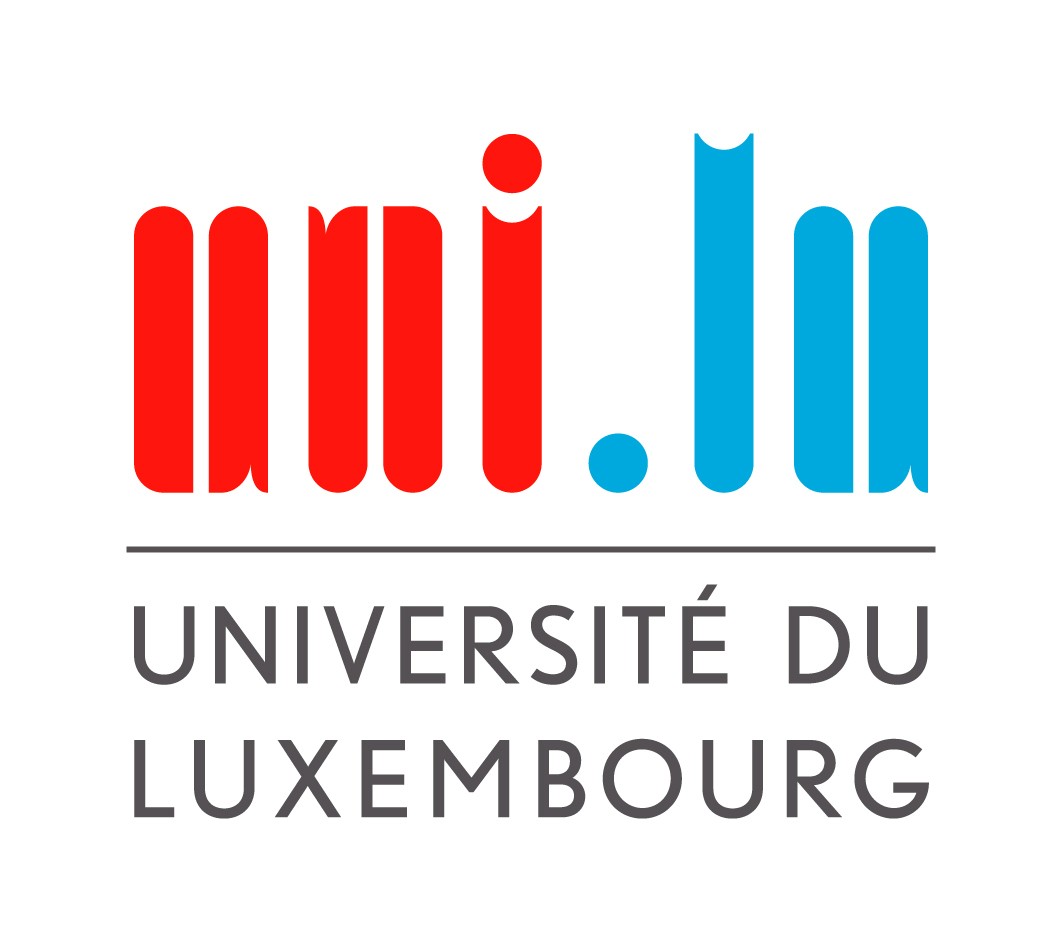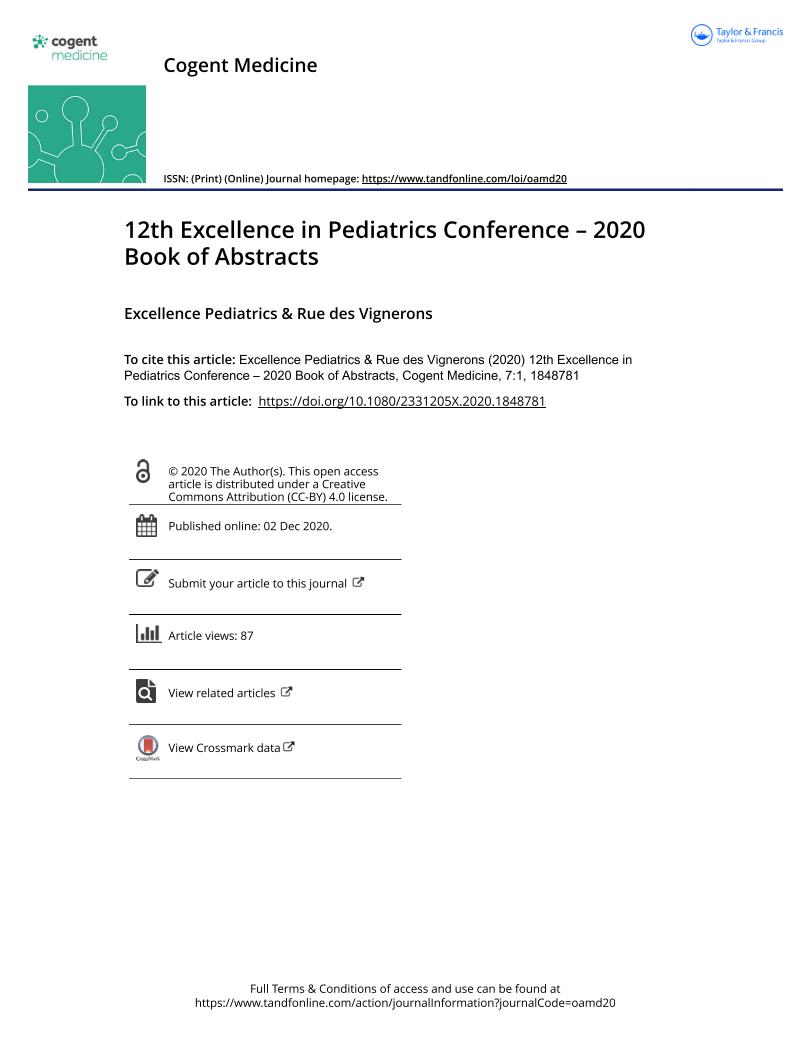Background: Adolescents spend an increasing amount of time communicating online. Previous research has indicated that electronic media communication has been associated with positive outcomes on adolescent well-being and development, however, problematic social media use is on the rise. This study investigates factors that influence problematic social media use (PSMU), based on previous empirical research and the Differential Susceptibility to Media Effects Model by Valkenburg and Peter (2013). Methods: The data used in this study stems from the 2018 Health Behaviour for School-aged Children (HBSC) study in Luxembourg. Data from elementary and secondary school students aged 11 to 18 was used (N = 6164), which was collected through a written survey. A four-stage hierarchical multiple regression analysis was conducted using SPSS, with problematic social media use as the dependent variable. 14 independent variables were included in the model, added in four blocks: sociodemographic factors, social support factors, well-being factors and media use factors.Results: The results indicate that in stage one of the hierarchical regression, the sociodemographic predictors accounted for 3% of the variation in problematic social media use. The addition of the social support factors to the model in stage two explained an additional 7% of the variation in problematic social media use, and the addition of the well-being factors in stage three an additional 5.3%. In stage four of the hierarchical regression media use factors were added to the model, and the four blocks of predictors accounted for 22.2% of the variation in problematic social media use (Adjusted R2 = 0.222). The most important predictors for problematic social media use were preference for online social interaction (β = 0.205, p < .001), the intensity of electronic media communication (β = 0.155, p < .001), psychosomatic complaints (β = 0.136, p < .001), perceived stress (β = 0.122, p < .001) and cyberbullying perpetration (β = 0.117, p < .001). Conclusions: The block of sociodemographic factors contributed minimally to the explanation of the variance in problematic social media use in the model. The most important predictors for problematic social media use were preference for online social interaction, the intensity of electronic media communication, psychosomatic complaints, perceived stress and cyberbullying perpetration. This suggests that there are several starting points for the prevention of problematic social media use among adolescents.
The influence of well-being, social support, media use and sociodemographic factors on problematic social media sue among Luxembourgish adolescents
12th Excellence in pediatrics conference - 2020 Book of abstracts
Suggested Citation
van Duin, C., Heinz, A. & Willems, H. E. (2020). The influence of well-being, social support, media use and sociodemographic factors on problematic social media sue among Luxembourgish adolescents: 12th Excellence in pediatrics conference – 2020 Book of abstracts. Cogent Medicine, 7(1), Artikel 1848781.



